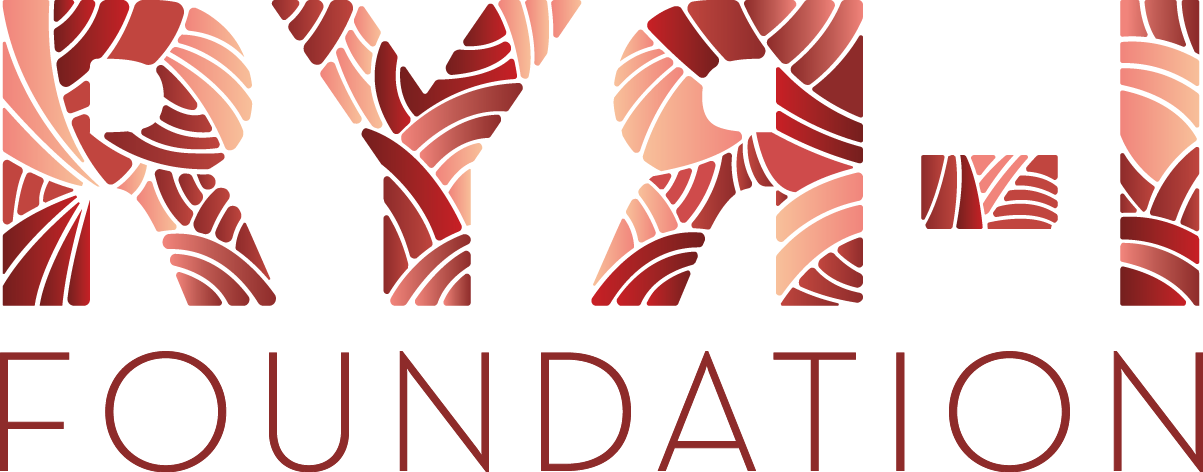
Authors: Joshua J. Todd, Vatsala Sagar, Tokunbor A. Lawal, Carolyn Allen, Muslima S. Razaqyar, Monique S. Shelton, Irene C. Chrismer, Xuemin Zhang, Mary M. Cosgrove, Anna Kuo, Ruhi Vasavada, Minal S. Jain, Melissa Waite, Dinusha Rajapakse, Jessica W. Witherspoon, Graeme Wistow, Katherine G. Meilleur
Variants in the skeletal muscle ryanodine receptor 1 gene (RYR1) result in a spectrum of RYR1-related disorders. Presentation during infancy is typical and ranges from delayed motor milestones and proximal muscle weakness to severe respiratory impairment and ophthalmoplegia. We aimed to elucidate correlations between genotype, protein structure and clinical phenotype in this rare disease population. Genetic and clinical data from 47 affected individuals were analyzed and variants mapped to the cryo-EM RyR1 structure. Comparisons of clinical severity, motor and respiratory function and symptomatology were made according to the mode of inheritance and affected RyR1 structural domain(s). Overall, 49 RYR1 variants were identified in 47 cases (dominant/de novo, n = 35; recessive, n = 12). Three variants were previously unreported. In recessive cases, facial weakness, neonatal hypotonia, ophthalmoplegia/paresis, ptosis, and scapular winging were more frequently observed than in dominant/de novo cases (all, p < 0.05). Both dominant/de novo and recessive cases exhibited core myopathy histopathology. Clinically severe cases were typically recessive or had variants localized to the RyR1 cytosolic shell domain. Motor deficits were most apparent in the MFM-32 standing and transfers dimension, [median (IQR) 85.4 (18.8)% of maximum score] and recessive cases exhibited significantly greater overall motor function impairment compared to dominant/de novo cases [79.7 (18.8)% vs. 87.5 (17.7)% of maximum score, p = 0.03]. Variant mapping revealed patterns of clinical severity across RyR1 domains, including a structural plane of interest within the RyR1 cytosolic shell, in which 84% of variants affected the bridging solenoid. We have corroborated genotype-phenotype correlations and identified RyR1 regions that may be especially sensitive to structural modification.
Keywords: Genotype-phenotype · Structure-function · RyR1 · Neuromuscular disease · Myopathy

